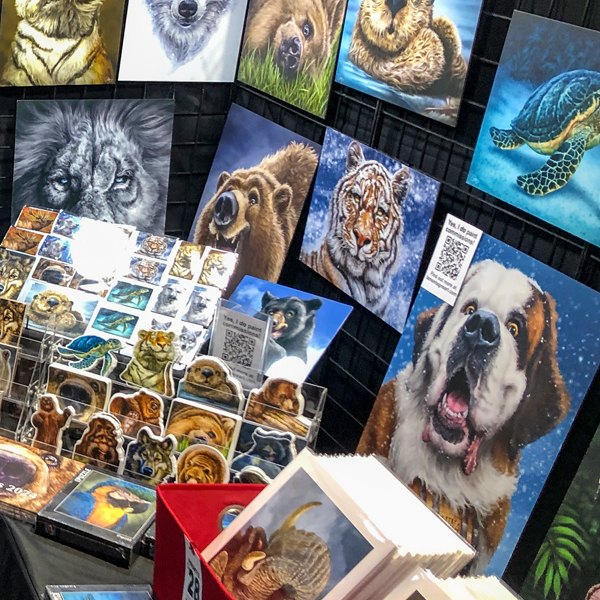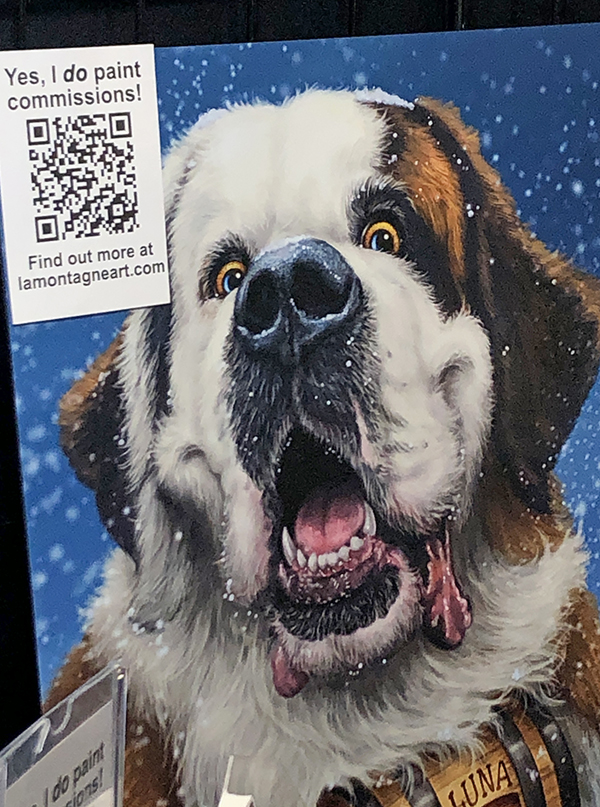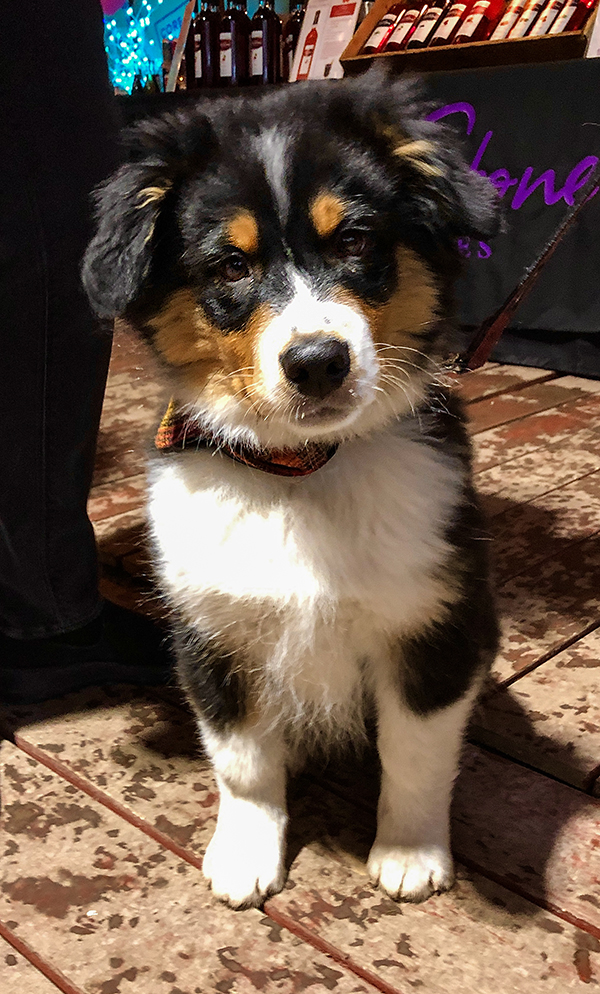
As many of you know, my art business consists of editorial cartooning and whimsical wildlife paintings. My syndicated editorial cartoons used to provide a decent full-time living, but with the decline of newspapers, it’s now less than half of my income. Fortunately, my painted work keeps growing and carries more of the load when it comes to paying the bills.
But editorial cartooning is still a big part of my job. The images you see in this post show the different stages of each cartoon I draw, this one about the unwelcome trade war Canada now finds itself in with the United States.
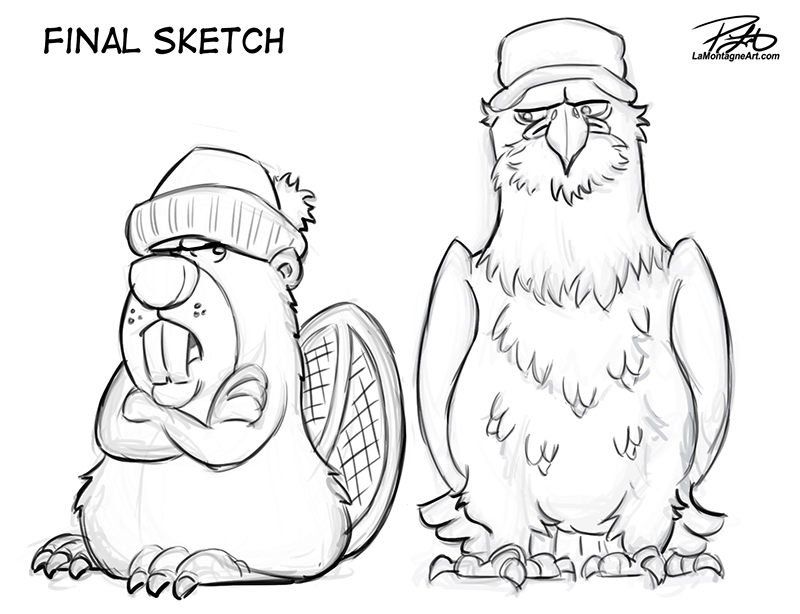 Each week, I draw five or six syndicated editorial cartoons. I follow regional, provincial, national and international news and draw illustrated commentary on prominent stories. Many of my weekly clients across Canada only run my cartoons in their publications, some for over a decade. Other clients, especially daily papers, will pick and choose from submissions from several cartoonists. Despite the belief that journalism is unbiased, it most certainly is not. Some newspapers lean left while others lean right.
Each week, I draw five or six syndicated editorial cartoons. I follow regional, provincial, national and international news and draw illustrated commentary on prominent stories. Many of my weekly clients across Canada only run my cartoons in their publications, some for over a decade. Other clients, especially daily papers, will pick and choose from submissions from several cartoonists. Despite the belief that journalism is unbiased, it most certainly is not. Some newspapers lean left while others lean right.
Prime Minister Trudeau is deeply unpopular everywhere in Canada, so most newspapers will run a cartoon that casts him in an unfavourable light. But, sometimes, I will draw a cartoon that calls out a right-leaning leader, like Opposition Leader Pierre Poilievre or Alberta Premier Danielle Smith, and even as I draw the toon, I know that some of my Alberta newspapers won’t run it.
Editorial cartoons are not unbiased, nor are they supposed to be. Just like a written opinion piece, the cartoon is my perspective. Some readers will agree with it; others will not.
In addition to my syndicated work, I draw one weekly local cartoon for The Rocky Mountain Outlook, the newspaper of record for Banff, Canmore, Lake Louise and the rest of the Bow Valley. I’ve been their cartoonist since day one in 2001, and it’s a point of pride that I have never missed an issue. It’s rare that the cartoon on the editorial page isn’t about an issue close to home. While the Outlook has mostly supported my work for many years, each idea is subject to my editor’s approval. I don’t own that spot on the editorial page and can’t simply draw whatever I want.
With syndication, however, I have free reign. It’s then up to my newspaper clients to decide whether they want to run a cartoon I submit. If one rubs them the wrong way, they get four or five others that week to choose from.
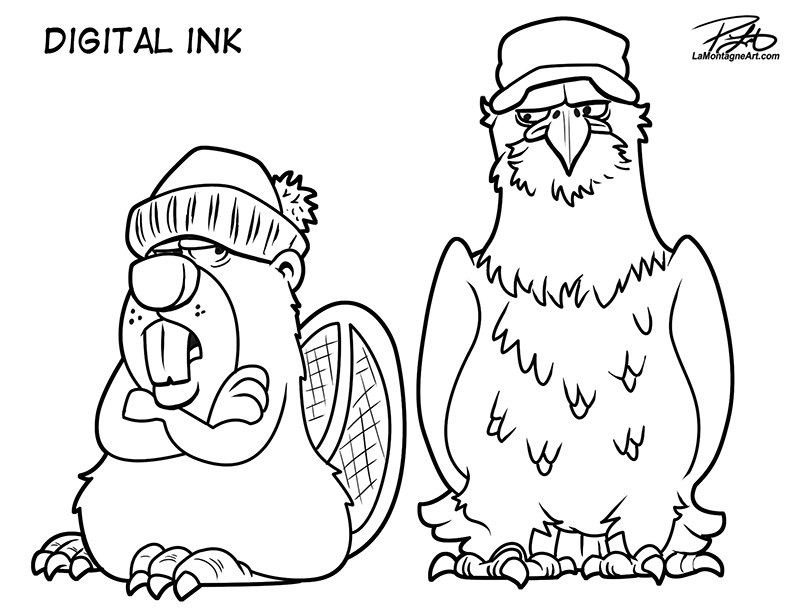 Years ago, I recall that somebody in Canmore came up with a proposal that each business in the community should contribute to a tourism promotion fee. Some businesses complained they shouldn’t have to because they weren’t in the tourism business.
Years ago, I recall that somebody in Canmore came up with a proposal that each business in the community should contribute to a tourism promotion fee. Some businesses complained they shouldn’t have to because they weren’t in the tourism business.
Even if you only ever see locals in your business, if they work in tourism, then so do you. Without tourism to pay your customers, your customers can’t pay you. If tourism suddenly vanished around here, so would most businesses in town and the people who work in them.
This weekend, in an unjustified demonstration of selfish aggrandizing aggression, the President of the United States levied a 25% tariff on all goods from Canada, with 10% on energy. I won’t get too deep into why none of this makes sense, but one easy objection is that this is not about fentanyl trafficking, as he claims.
A Homeland Security Commission in 2022 concluded that “Canada is not known to be a major source of fentanyl, other synthetic opioids or precursor chemicals to the United States, a conclusion primarily drawn from seizure data.”
A 2020 DEA intelligence report stated, “While Mexico and China are the primary source countries for fentanyl and fentanyl-related substances trafficked directly into the United States, India is emerging as a source for finished fentanyl powder and fentanyl precursor chemicals.”
Canada wasn’t implicated by either agency. But it’s hardly surprising, because the President changes his reasons for the tariffs with each passing day. One day it’s fentanyl, then immigration, then a wildly exaggerated trade deficit number that he calls a subsidy (it’s not), and today it’s that “Canada doesn’t even allow U.S. Banks to open or do business there. What’s that all about?”
It was another false claim that was easy to debunk, as the Financial Post did within two hours of the President’s declaration. US banks have been operating in Canada for a long time, one for more than 100 years.
You will have no trouble finding educated insight into this recent tariff issue, especially from economists and business leaders on either side of the border, who say this will be incredibly damaging to the economies of both countries.
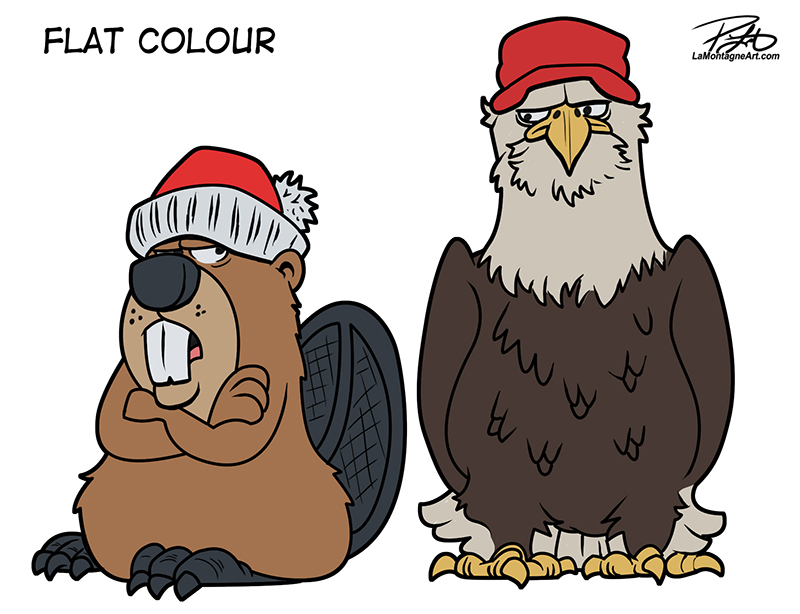 Canada and the United States have had a unique, enviable, and friendly relationship for longer than any two countries. We’ve often referred to each other as family. We’ve had our ups and downs; every relationship does, but it has always endured.
Canada and the United States have had a unique, enviable, and friendly relationship for longer than any two countries. We’ve often referred to each other as family. We’ve had our ups and downs; every relationship does, but it has always endured.
This unprovoked schoolyard bully attack has Canadians upset and angry. The 51st state nonsense is insulting, rude and childish, especially repeated ad nauseum over the past few months. But we hoped it might pass, and the President would find other means to distract his supporters from his false promises to make their lives better. Shouldn’t at least those voters be his primary focus? Because this ain’t that, regardless of how he paints it.
Tariffs will not decrease grocery prices in the United States. Those prices are going to go up, as they will for cars, furniture, gas, heavy equipment, and many more components, parts and products that Americans import from Canada. Even the average oil change in the US will likely increase by 30%. Tariffs will impact purchases most people never even think about, and those in Congress more concerned with keeping their titles and salaries than serving their constituents know it.
But hey, their financial security isn’t in jeopardy. Not yet.
Realtors in Florida and Arizona are seeing more second homes on the market than in years as Canadians leave communities, no longer feeling welcome in the United States. My parents lived in Arizona in the winter for over a decade. A hairdresser once told my Mom she had to get a part-time job during the pandemic when Canadians couldn’t travel south.
Canadians represent 27% of all international visitors to the US, contributing $16.4 billion in 2018, according to the US Travel Association. Whether talk translates to action is anyone’s guess, but I’ve heard several Canadians say they won’t take a U.S. vacation anytime soon. Why go where you’re not welcome?
Buy Canadian stickers are now popping up all over Canada, and trade barriers between provinces will likely disappear, as they should have years ago. It’s ironic that an unwarranted attack by our closest trading partner might do more to unite Canadians than our own politicians have managed in recent memory.
The tariffs levied against Canada this week and our retaliation measures will severely impact both economies, and some experts suggest that Canada may fall into a recession. And just like businesses in this valley who didn’t think they were in the tourism business, Canadians and Americans will soon find out just how much it’ll hurt all of us when people in other professions start losing their livelihoods.
Late Breaking Edit: As of Monday afternoon, the threatened tariffs have now been delayed for 30 days following a phone conversation between Prime Minister Trudeau and President Trump. This is not a reprieve. Canada remains under the same threat.
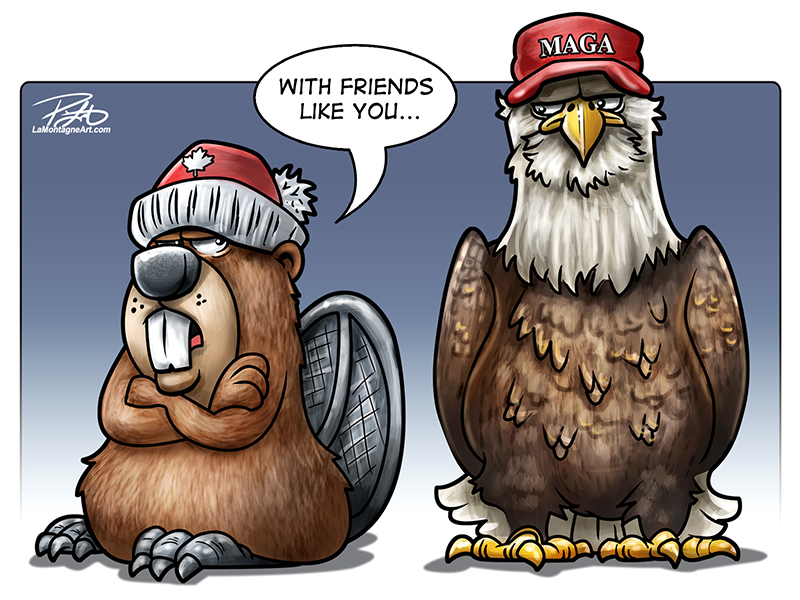 On Saturday, I paid my deposit and applied for the Banff Christmas Market this year. While anything can happen between now and the end of the year, I’m already lowering expectations. I’m currently sourcing and buying stock for the Calgary Expo at the end of April, but I’m no longer planning on some products. I don’t think people will have money to spend on luxuries, and my work certainly qualifies.
On Saturday, I paid my deposit and applied for the Banff Christmas Market this year. While anything can happen between now and the end of the year, I’m already lowering expectations. I’m currently sourcing and buying stock for the Calgary Expo at the end of April, but I’m no longer planning on some products. I don’t think people will have money to spend on luxuries, and my work certainly qualifies.
It’s clear this manufactured conflict will continue to escalate and dominate the news for the foreseeable future. People have suggested to me, that with all this fresh material every day, I must love the return of President Trump.



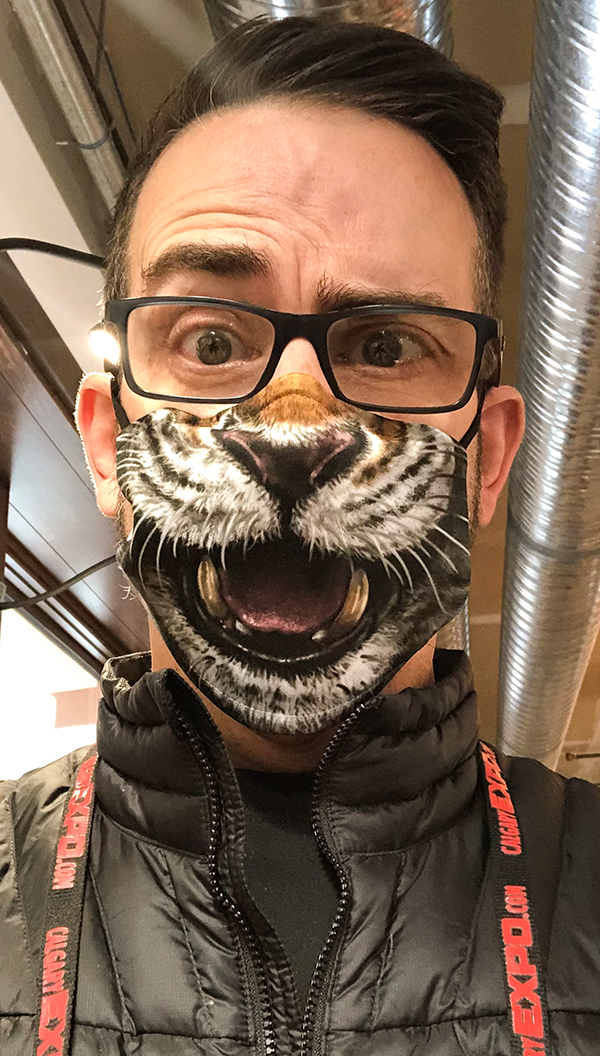 Last week was a challenge.
Last week was a challenge.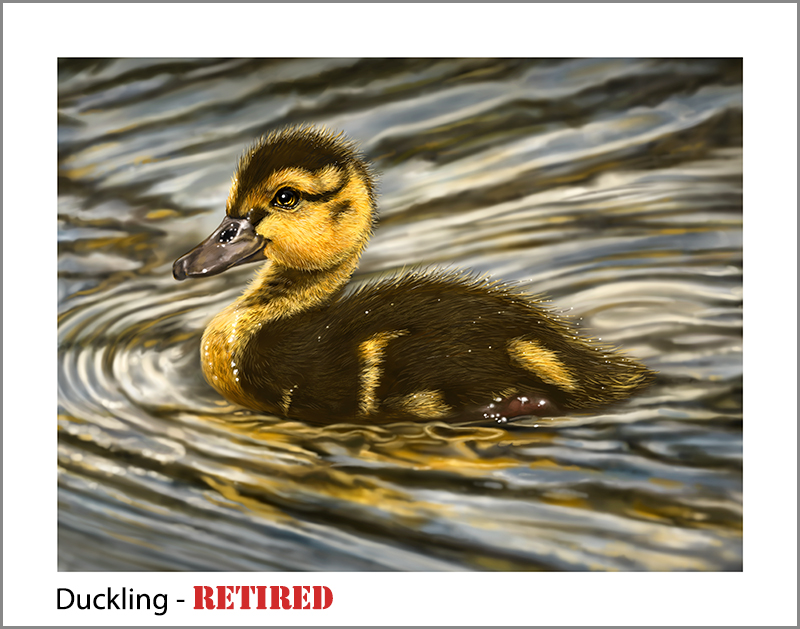 I never know which paintings will become popular and which ones won’t resonate with people. Or sometimes people will like an image, just not as a print to hang on their wall. The only way to find out is to create the painting, release it, and see what happens. When I retire an image in print, it means it will no longer be available on my site or at markets.
I never know which paintings will become popular and which ones won’t resonate with people. Or sometimes people will like an image, just not as a print to hang on their wall. The only way to find out is to create the painting, release it, and see what happens. When I retire an image in print, it means it will no longer be available on my site or at markets.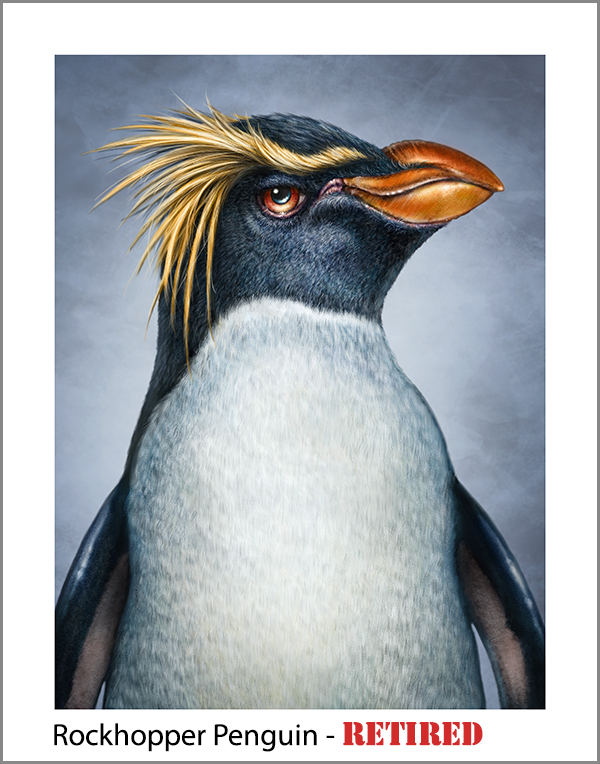 Sometimes, a print will become popular for a particular venue, like the
Sometimes, a print will become popular for a particular venue, like the 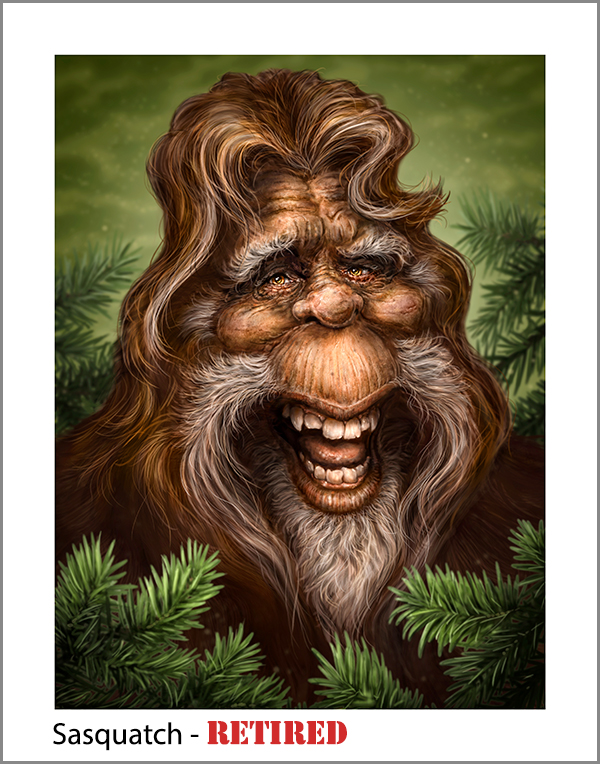 My Sasquatch painting is a popular licensed image for Pacific Music & Art, as they have customers all over the Pacific Northwest, BC, and Alaska.
My Sasquatch painting is a popular licensed image for Pacific Music & Art, as they have customers all over the Pacific Northwest, BC, and Alaska. 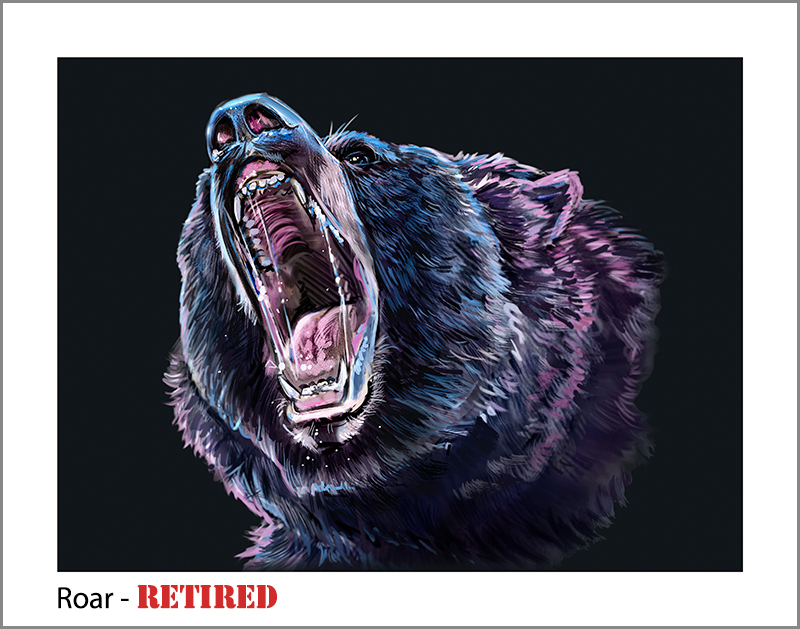
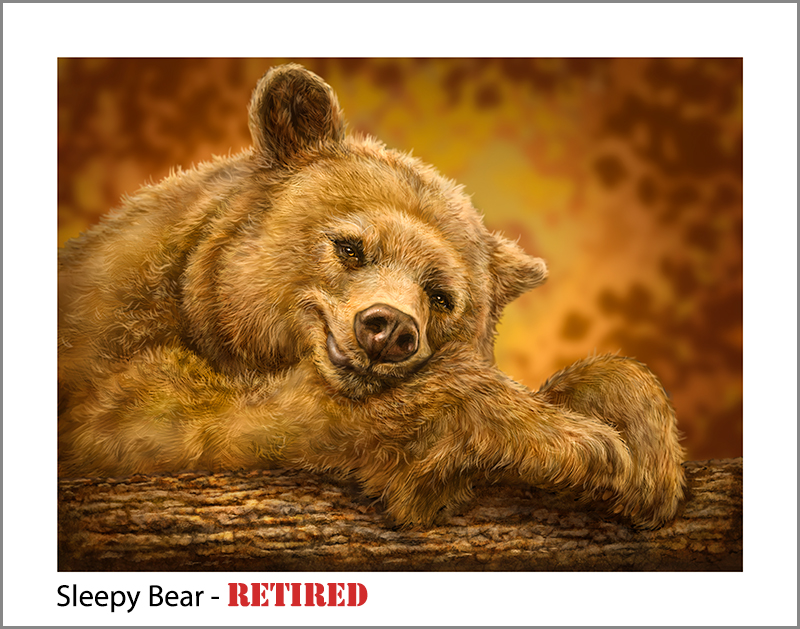
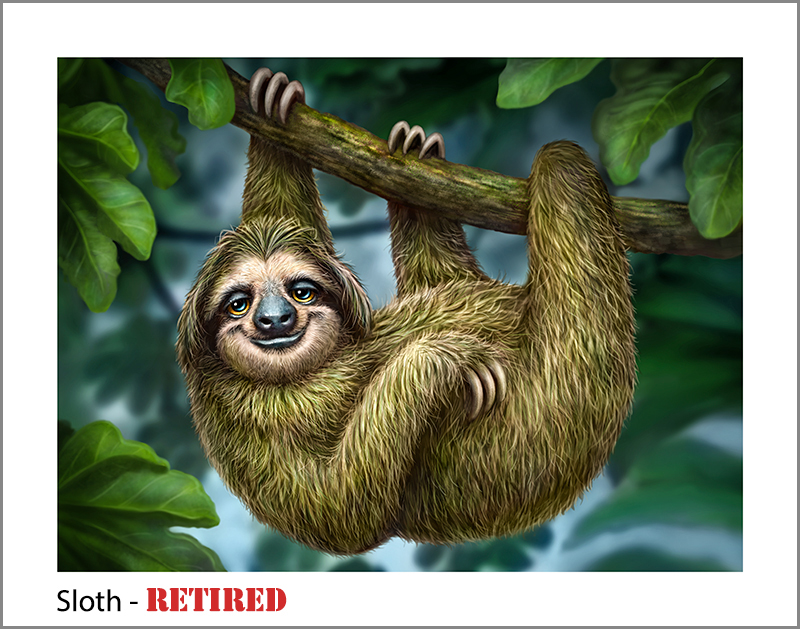 Even when I no longer sell a print, my licensing clients may still offer the image on their products, and my wholesale customers may still order prints from me to sell to their customers. I just have to require the same minimum orders from them that my printer requires from me.
Even when I no longer sell a print, my licensing clients may still offer the image on their products, and my wholesale customers may still order prints from me to sell to their customers. I just have to require the same minimum orders from them that my printer requires from me.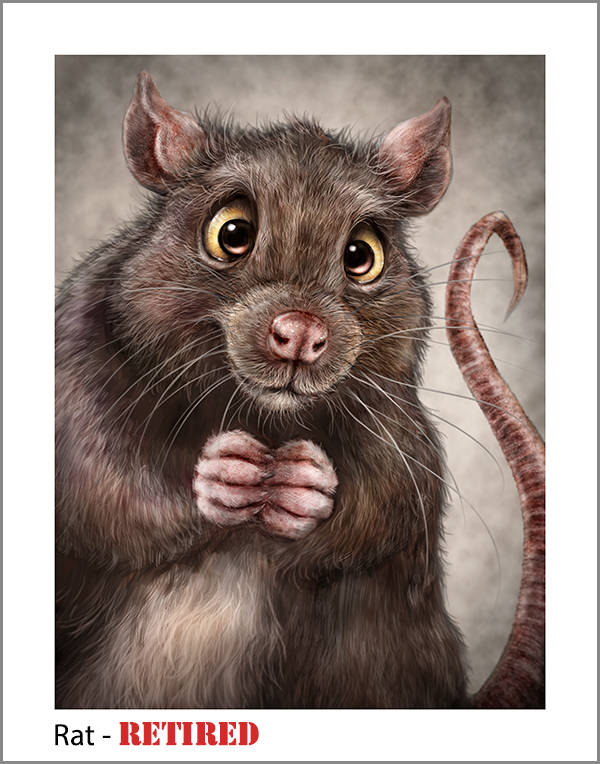 My next-door neighbours,
My next-door neighbours, 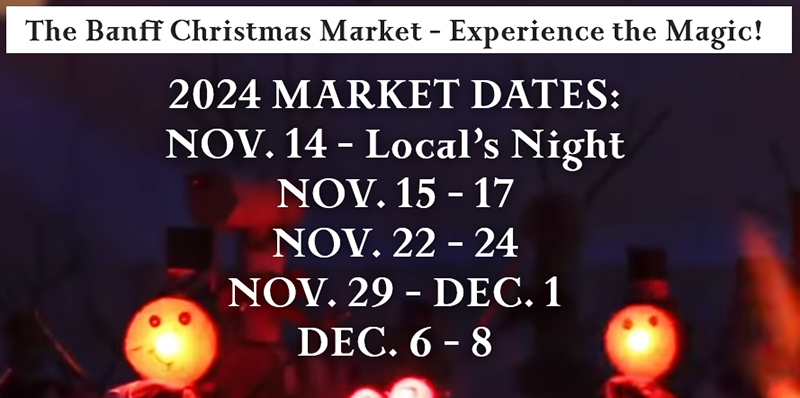

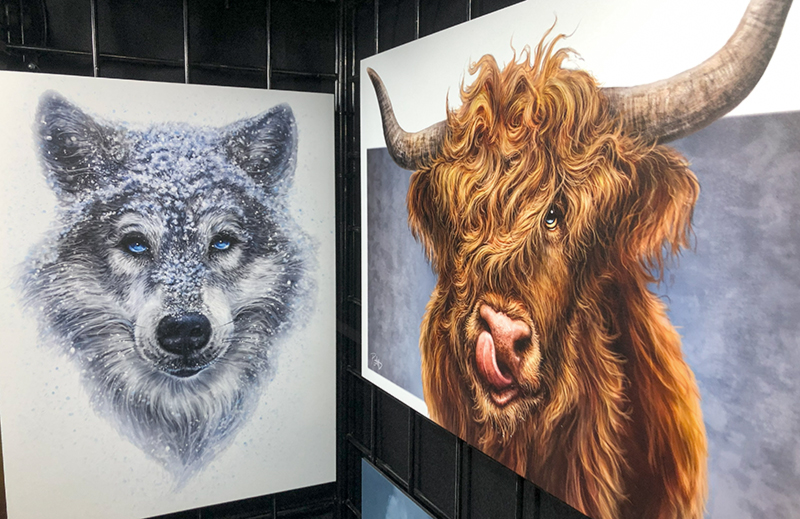 The weather outside was frightful last Friday and Saturday, but the Bow Valley avoided the worst of the big storm that rolled through Alberta on the weekend. Still, I have lived in this valley long enough to know that the 25 km stretch of highway between Canmore and Banff can quickly become treacherous.
The weather outside was frightful last Friday and Saturday, but the Bow Valley avoided the worst of the big storm that rolled through Alberta on the weekend. Still, I have lived in this valley long enough to know that the 25 km stretch of highway between Canmore and Banff can quickly become treacherous.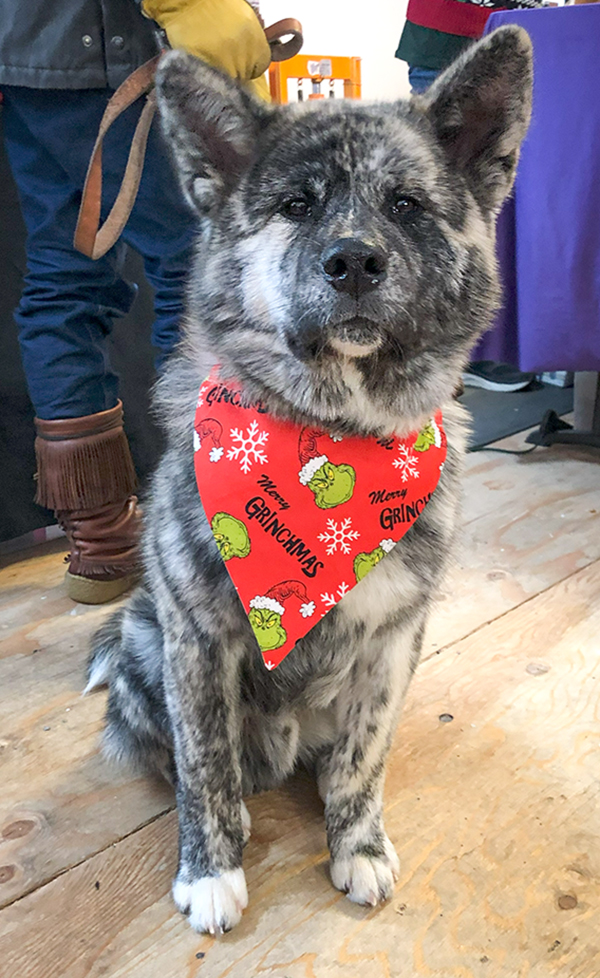 One of the dogs I get to see all month long is Tojo, who belongs to one of the staff. He’s a friendly Akita puppy with a stunning brindle fur pattern resembling urban camouflage. He’s got a wonderfully sweet temperament and loves the outdoor cold. Though provided with a comfortable bed and a safe, warm space outside, you can often find him happily sleeping on a pile of snow.
One of the dogs I get to see all month long is Tojo, who belongs to one of the staff. He’s a friendly Akita puppy with a stunning brindle fur pattern resembling urban camouflage. He’s got a wonderfully sweet temperament and loves the outdoor cold. Though provided with a comfortable bed and a safe, warm space outside, you can often find him happily sleeping on a pile of snow.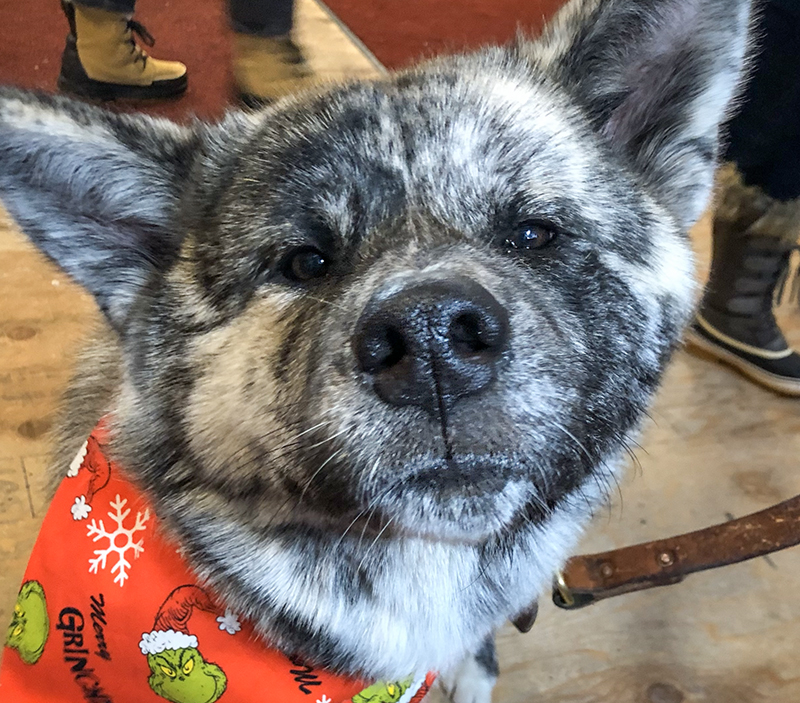 When he’s brought inside to warm up or for a wander, he visits the different booths and enjoys the pets and scratches we’re all happy to give. His face reminds me of a bear’s, which makes me want to paint him.
When he’s brought inside to warm up or for a wander, he visits the different booths and enjoys the pets and scratches we’re all happy to give. His face reminds me of a bear’s, which makes me want to paint him.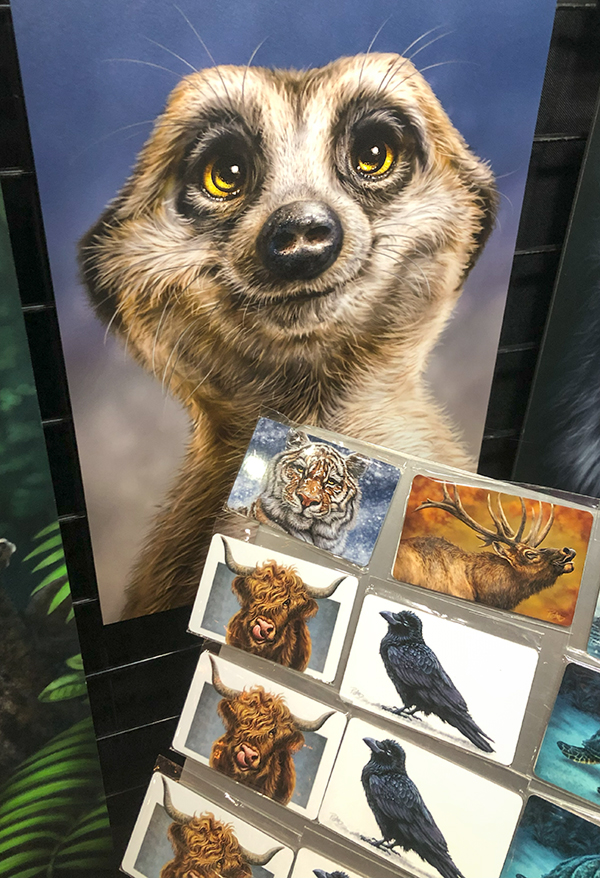 Seriously, what is it with this painting? I don’t understand it, but as I said to Mike at Pacific, I won’t look a gift cow in the mouth.
Seriously, what is it with this painting? I don’t understand it, but as I said to Mike at Pacific, I won’t look a gift cow in the mouth.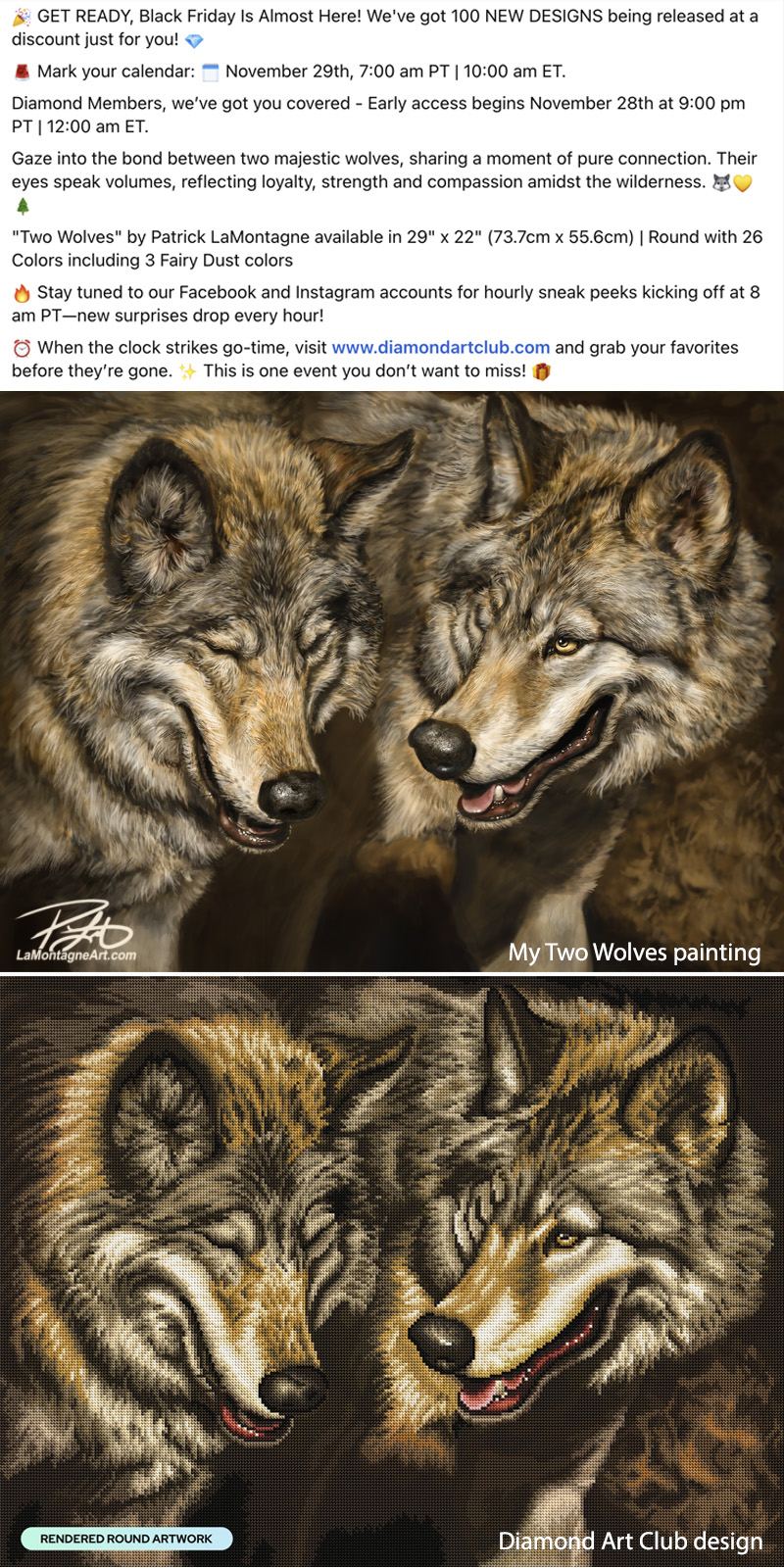

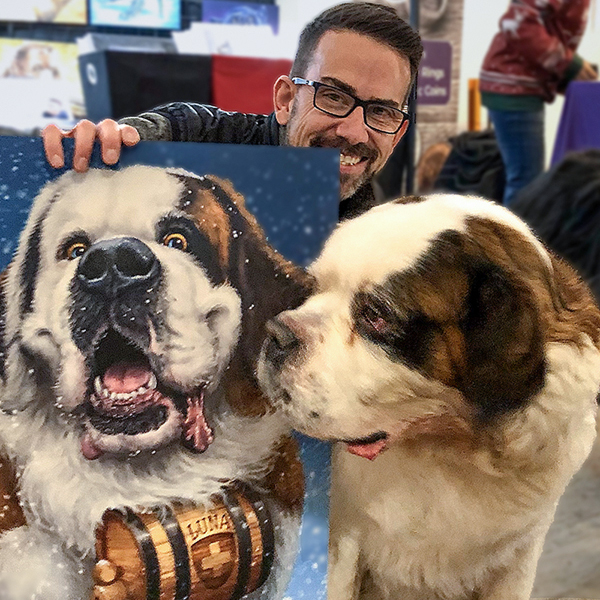
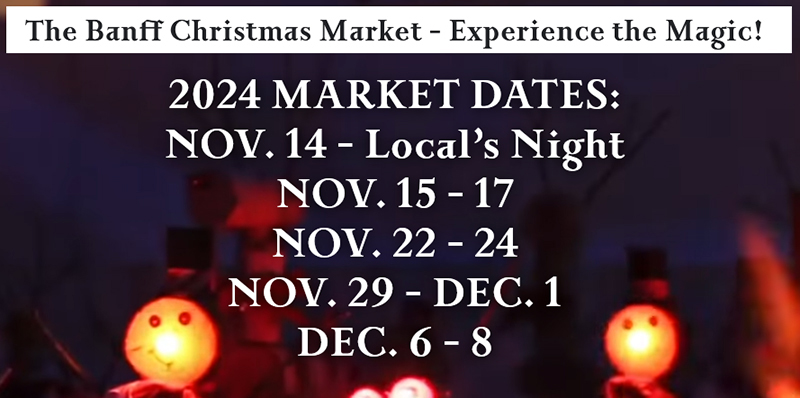
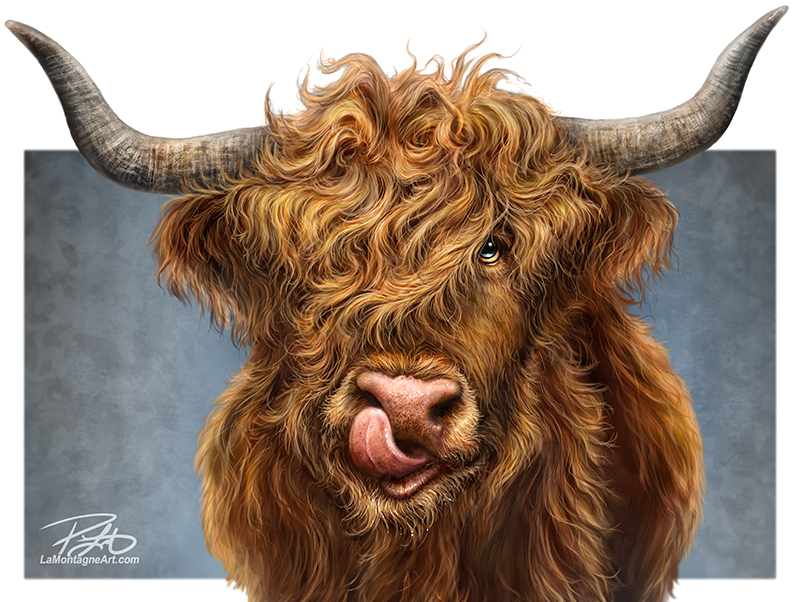
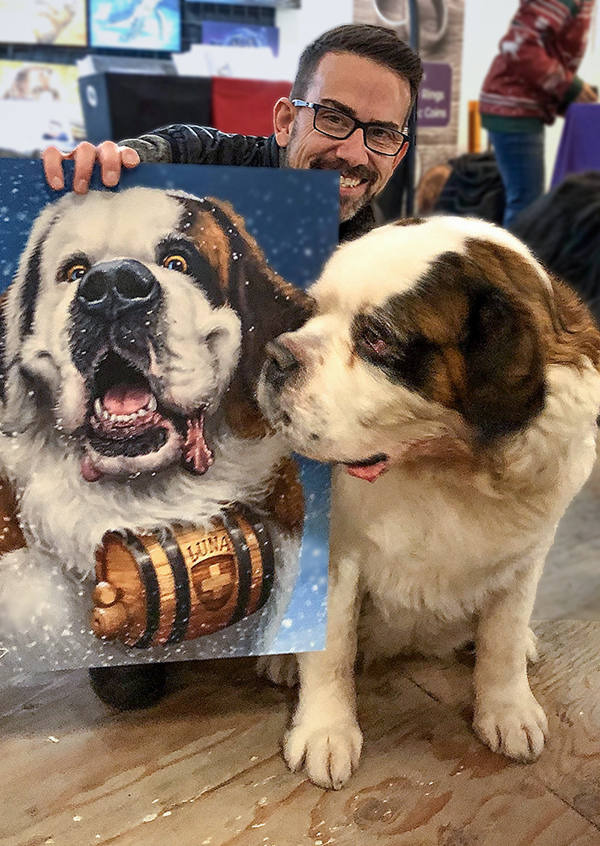

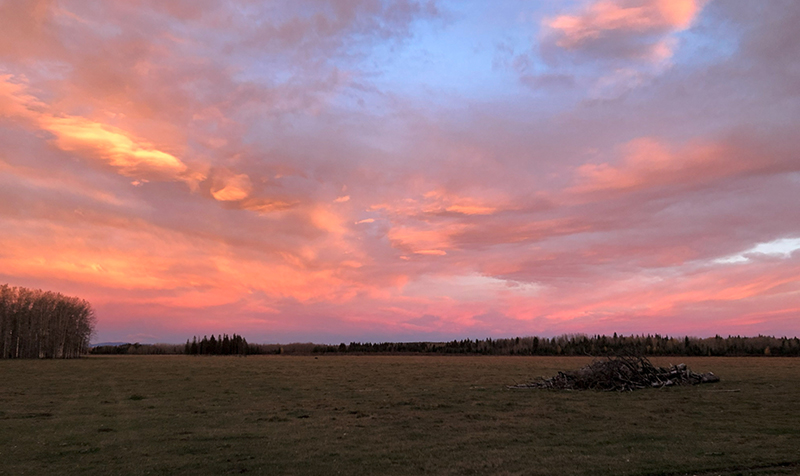 With a lot to do and feeling like I was way behind, a cabin trip seemed like a low priority. But it’s an inexpensive getaway, a relatively short drive, and I needed a break.
With a lot to do and feeling like I was way behind, a cabin trip seemed like a low priority. But it’s an inexpensive getaway, a relatively short drive, and I needed a break.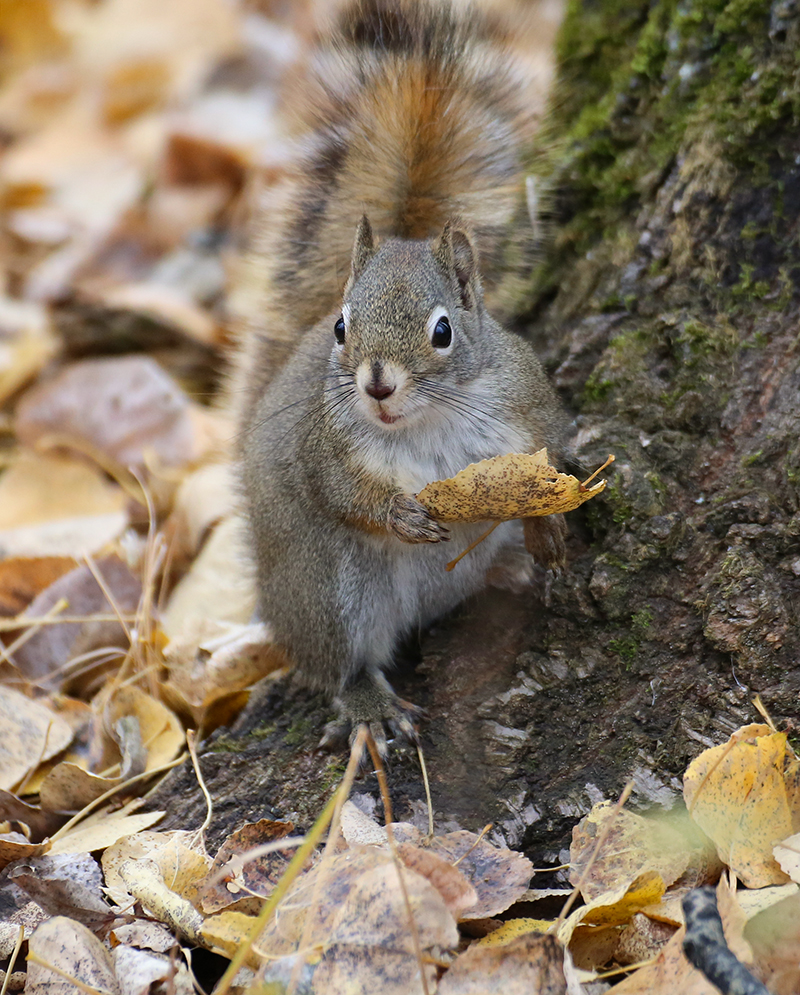 Not the most exciting critter encounters, but I got some good squirrel pics. This amusing little chatterbox might very well inspire a painting.
Not the most exciting critter encounters, but I got some good squirrel pics. This amusing little chatterbox might very well inspire a painting.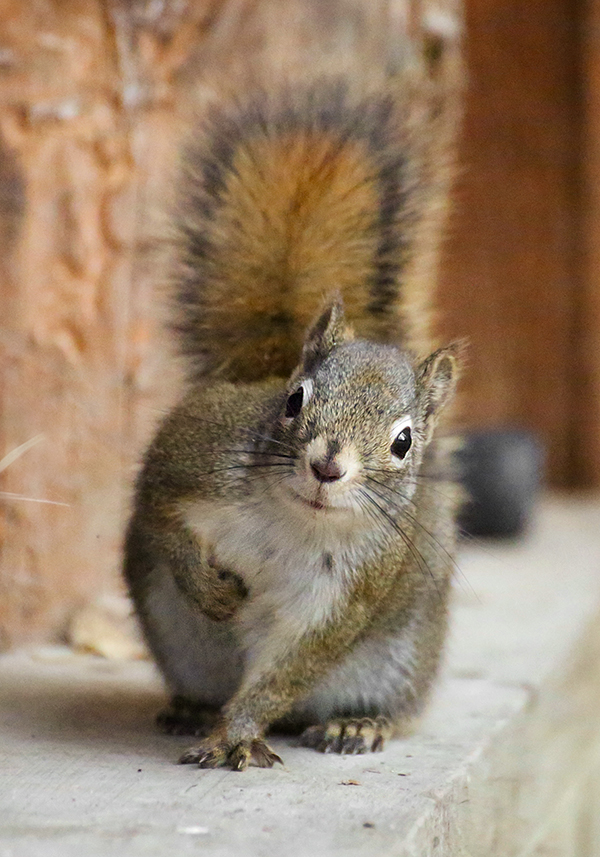 I took photos of wind-broken tree stumps where I might place an owl or eagle. A natural doorway created by curved and fallen branches has potential. You never know what might spark a new piece.
I took photos of wind-broken tree stumps where I might place an owl or eagle. A natural doorway created by curved and fallen branches has potential. You never know what might spark a new piece.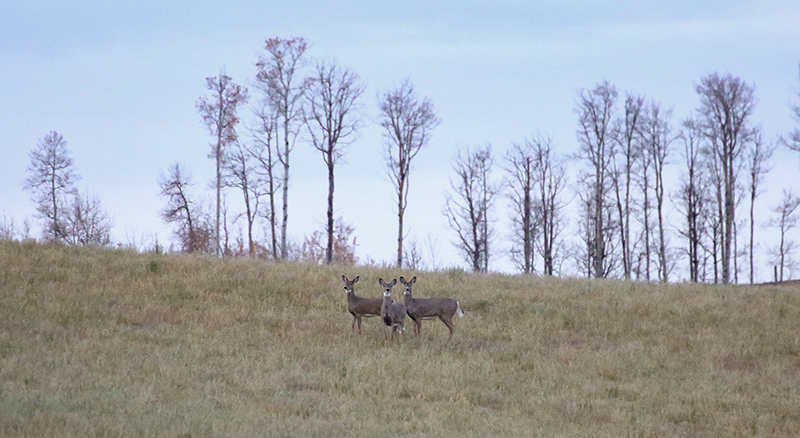 Though we had visited with them earlier, the owners texted us Sunday evening that the Atlas comet was barely visible over the pasture. It had been brighter and more evident days earlier, but this was the last chance to see it. We walked out in the dark, not wanting to use flashlights that might ruin our night vision and found the faint anomaly among the sea of stars. Darrel took this shot on his newer phone. I couldn’t get a good capture with mine. You can just see the comet tail on the left.
Though we had visited with them earlier, the owners texted us Sunday evening that the Atlas comet was barely visible over the pasture. It had been brighter and more evident days earlier, but this was the last chance to see it. We walked out in the dark, not wanting to use flashlights that might ruin our night vision and found the faint anomaly among the sea of stars. Darrel took this shot on his newer phone. I couldn’t get a good capture with mine. You can just see the comet tail on the left. We had nice fall weather for most of our time there, but it got cold and windy Sunday night and Monday. A snowstorm hit Calgary and Canmore, and given the road reports and Shonna’s texts, I was thrilled I didn’t have to drive back until Tuesday.
We had nice fall weather for most of our time there, but it got cold and windy Sunday night and Monday. A snowstorm hit Calgary and Canmore, and given the road reports and Shonna’s texts, I was thrilled I didn’t have to drive back until Tuesday.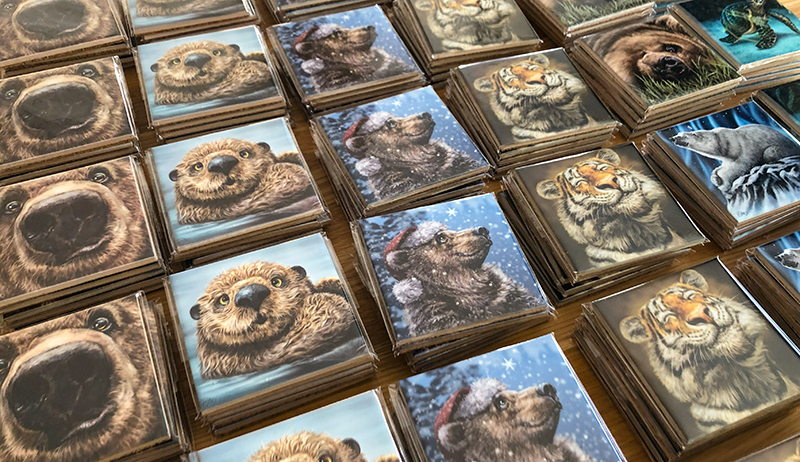 My order from Pacific Music & Art was waiting for me when I got home, and it contained
My order from Pacific Music & Art was waiting for me when I got home, and it contained 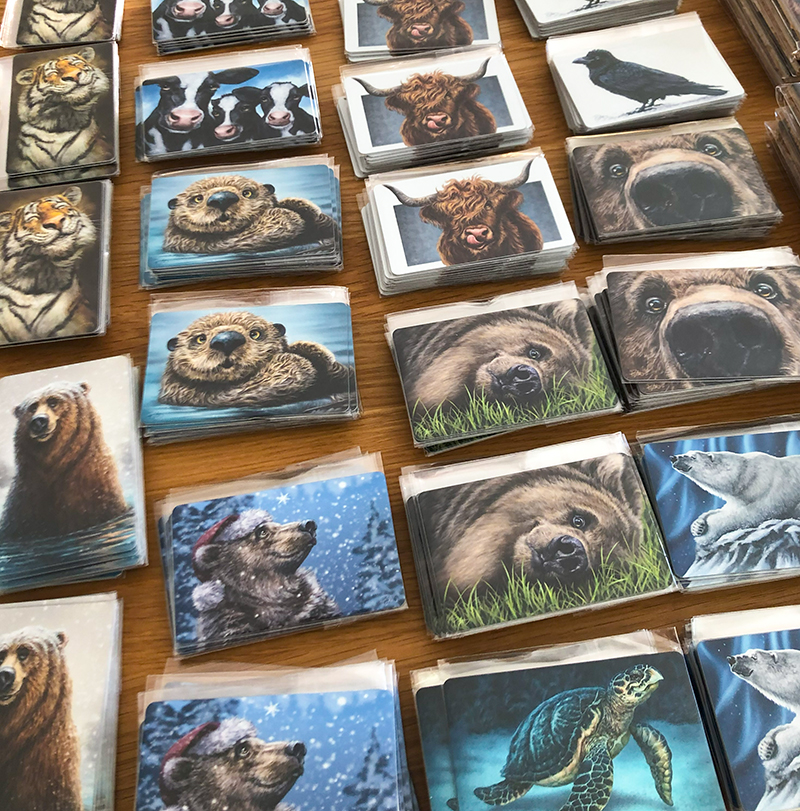 On the one hand, it shows that this side of my business continues to grow. As it’s the work I enjoy most and has the best chance of ensuring my financial future, I’m grateful. But it’s a significant investment of time and money that comes with no small amount of anxiety.
On the one hand, it shows that this side of my business continues to grow. As it’s the work I enjoy most and has the best chance of ensuring my financial future, I’m grateful. But it’s a significant investment of time and money that comes with no small amount of anxiety.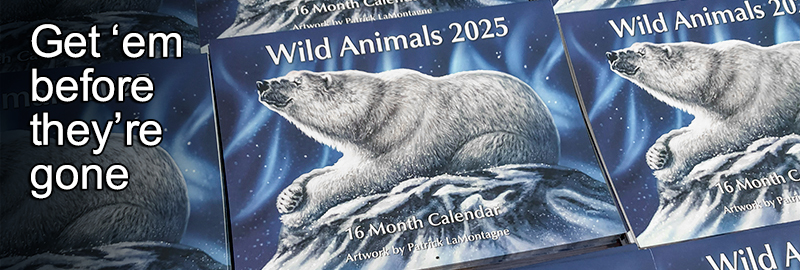
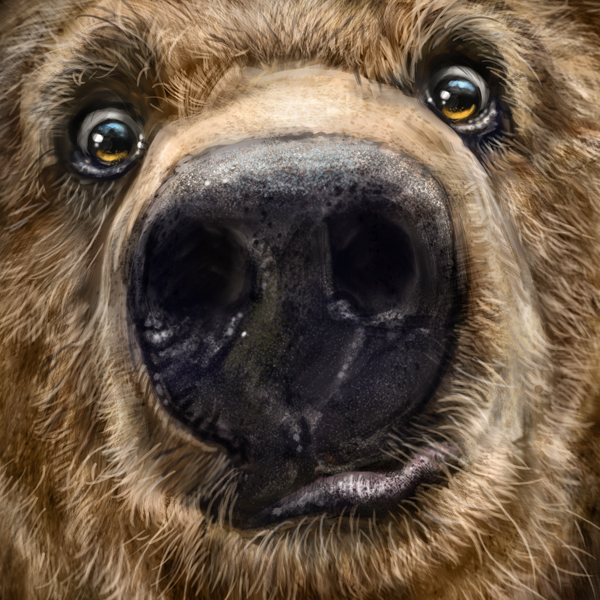
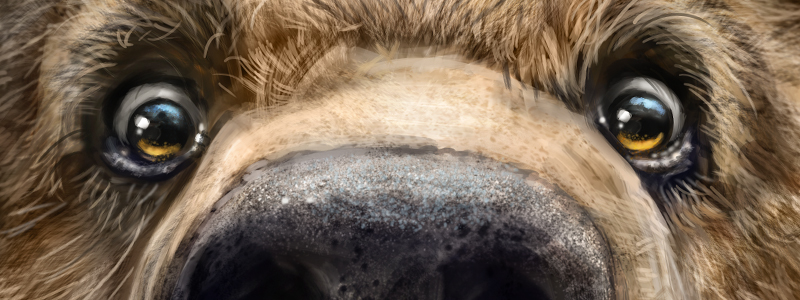 With a website and
With a website and 
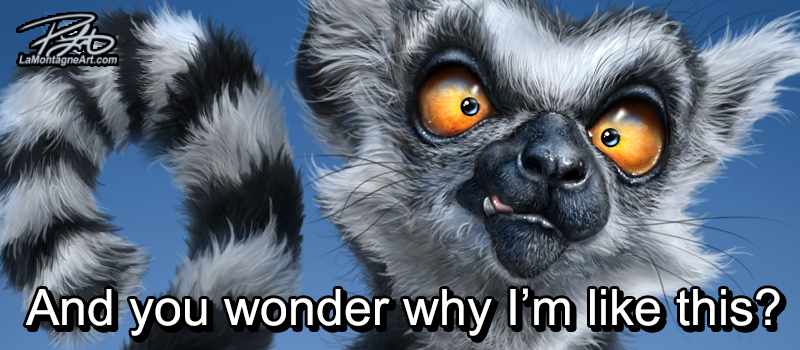 If your art becomes popular enough that people like it, share it and buy it, somebody will steal it. Some creatives stamp ugly watermarks across every image they post to try to combat this, but what’s the point if you need to go that far?
If your art becomes popular enough that people like it, share it and buy it, somebody will steal it. Some creatives stamp ugly watermarks across every image they post to try to combat this, but what’s the point if you need to go that far?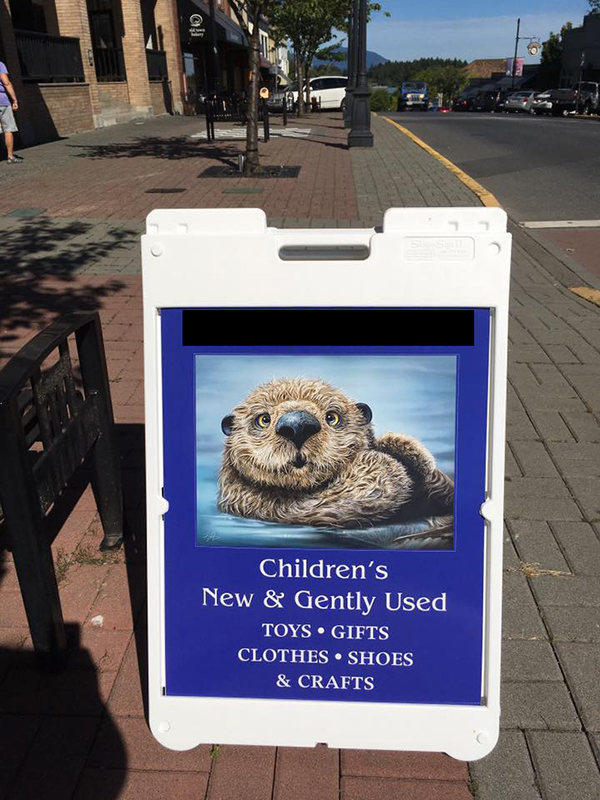 Several years ago, my friend Kathryn alerted me to a woman on Vancouver Island using my Otter painting as the logo for her business. It was on her business cards, a sidewalk sandwich board, window decals and advertising. When I called the owner on it, she said she Googled ‘royalty-free images’ and my otter came up. I asked if Mickey Mouse had come up in that search, would she think Disney would allow her to use him as her logo? My signature is still on the image on that sign! She angrily told me I was being unreasonable and said if I had been nicer, we could have come to an arrangement.
Several years ago, my friend Kathryn alerted me to a woman on Vancouver Island using my Otter painting as the logo for her business. It was on her business cards, a sidewalk sandwich board, window decals and advertising. When I called the owner on it, she said she Googled ‘royalty-free images’ and my otter came up. I asked if Mickey Mouse had come up in that search, would she think Disney would allow her to use him as her logo? My signature is still on the image on that sign! She angrily told me I was being unreasonable and said if I had been nicer, we could have come to an arrangement.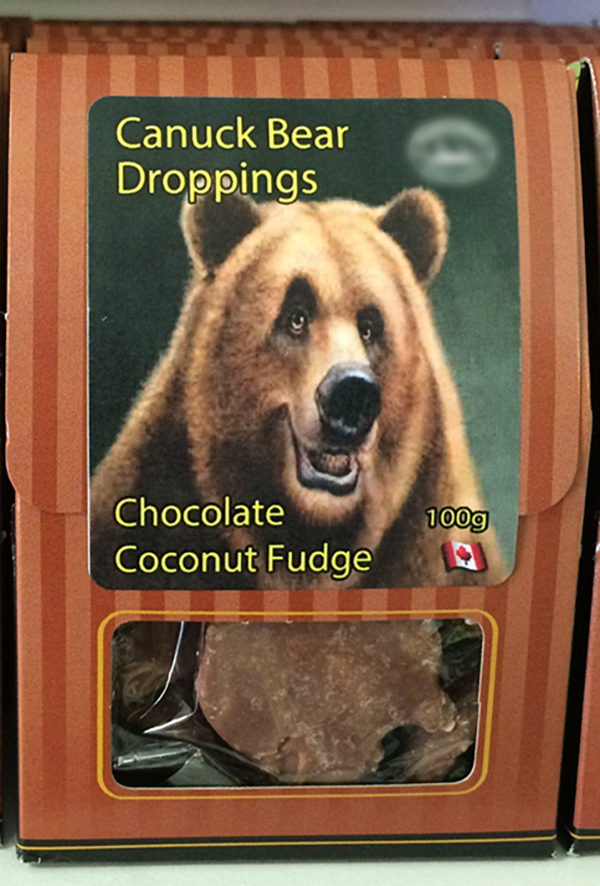 Another company in the same area had my Moose and Grizzly Bear paintings on their chocolate-covered candy labels sold in a local store. The company’s owner in Eastern Canada said they’d hired a graphic designer to make the labels. He just stole my work online and passed it off as his own.
Another company in the same area had my Moose and Grizzly Bear paintings on their chocolate-covered candy labels sold in a local store. The company’s owner in Eastern Canada said they’d hired a graphic designer to make the labels. He just stole my work online and passed it off as his own.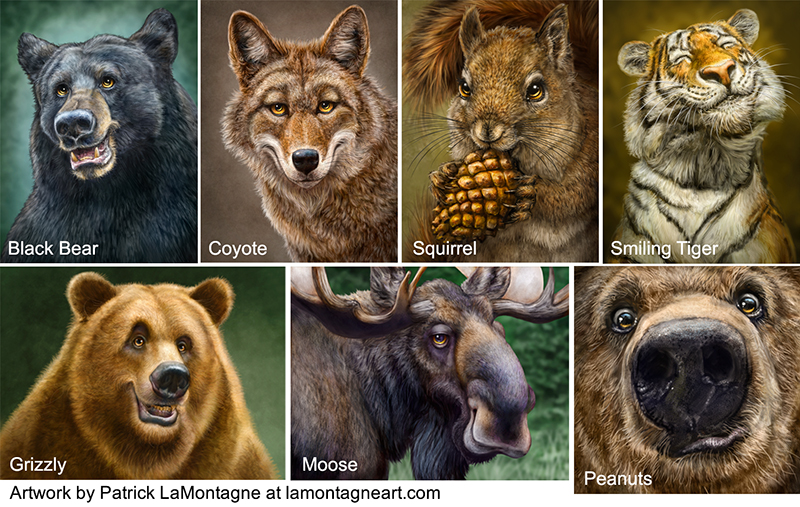 From what I’ve found, she stole my Coyote, Grizzly, Black Bear, Moose, Squirrel, Peanuts and Smiling Tiger paintings, but likely more than that. While the first five are no longer bestsellers, and a couple are even retired, my Smiling Tiger and Peanuts paintings are two of my most popular, bestselling and frequently licensed images.
From what I’ve found, she stole my Coyote, Grizzly, Black Bear, Moose, Squirrel, Peanuts and Smiling Tiger paintings, but likely more than that. While the first five are no longer bestsellers, and a couple are even retired, my Smiling Tiger and Peanuts paintings are two of my most popular, bestselling and frequently licensed images.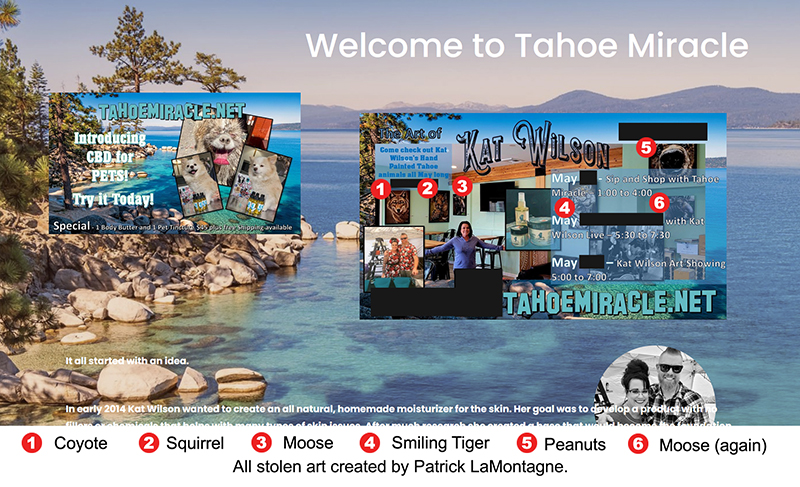
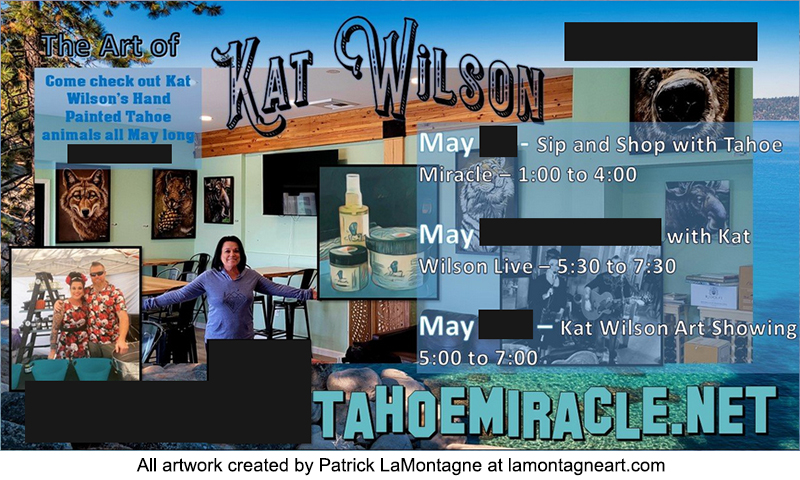 After a whole career dealing with this kind of thing, I am firm-footed in ‘fool me twice’ territory. Her reply almost stopped me from writing this post, but she’s standing proudly in that photo with six large canvases of an art style I’ve spent years developing. And 24 hours after her apology, my work is still visible on her social media with mentions of her amazing paintings. Very sincere.
After a whole career dealing with this kind of thing, I am firm-footed in ‘fool me twice’ territory. Her reply almost stopped me from writing this post, but she’s standing proudly in that photo with six large canvases of an art style I’ve spent years developing. And 24 hours after her apology, my work is still visible on her social media with mentions of her amazing paintings. Very sincere.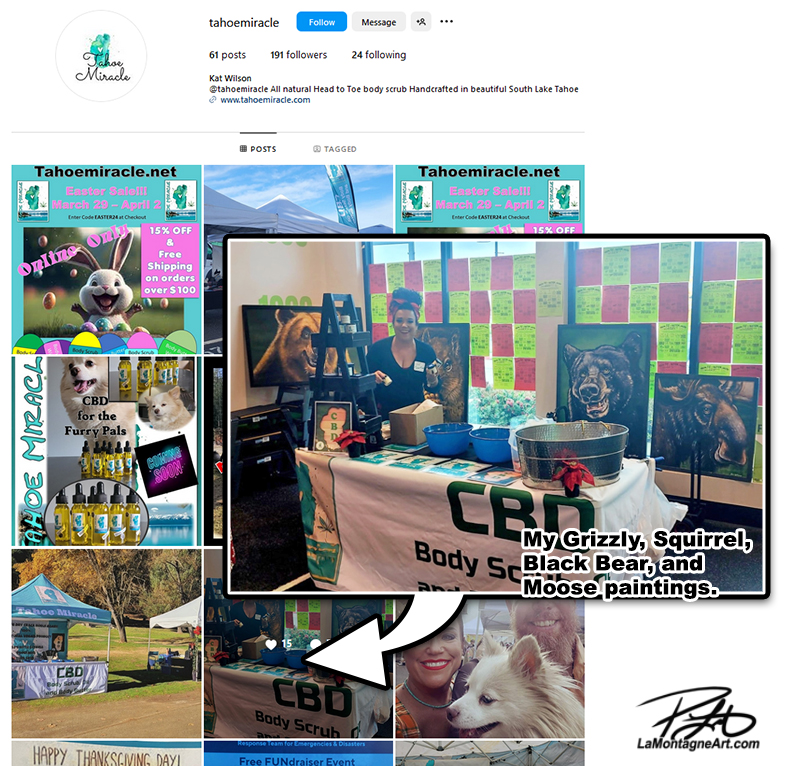

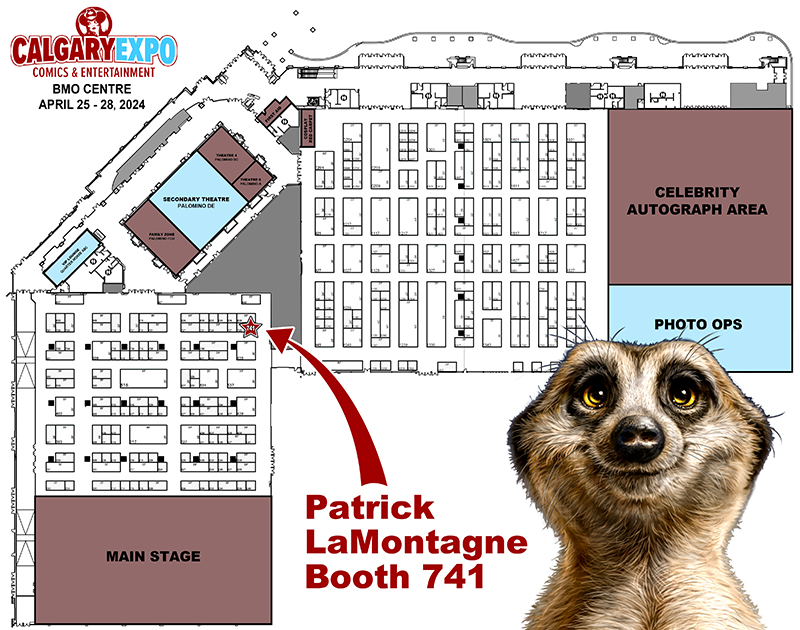 In 2022, my booth location was up in the air until the day of the show, and it was stressful. At first, I didn’t get the type of booth I booked and I needed to address that. Following that, when I got there, one list said I was in one spot and another in a different spot. I couldn’t even unload my car. While I empathized with the organizers’ difficulty trying to please everybody, I still paid a premium for my corner booth, and I had to become the squeaky wheel with emails during the week leading up to the show. I am sure I annoyed the organizers when I became frustrated and could no longer be patient and keep quiet.
In 2022, my booth location was up in the air until the day of the show, and it was stressful. At first, I didn’t get the type of booth I booked and I needed to address that. Following that, when I got there, one list said I was in one spot and another in a different spot. I couldn’t even unload my car. While I empathized with the organizers’ difficulty trying to please everybody, I still paid a premium for my corner booth, and I had to become the squeaky wheel with emails during the week leading up to the show. I am sure I annoyed the organizers when I became frustrated and could no longer be patient and keep quiet.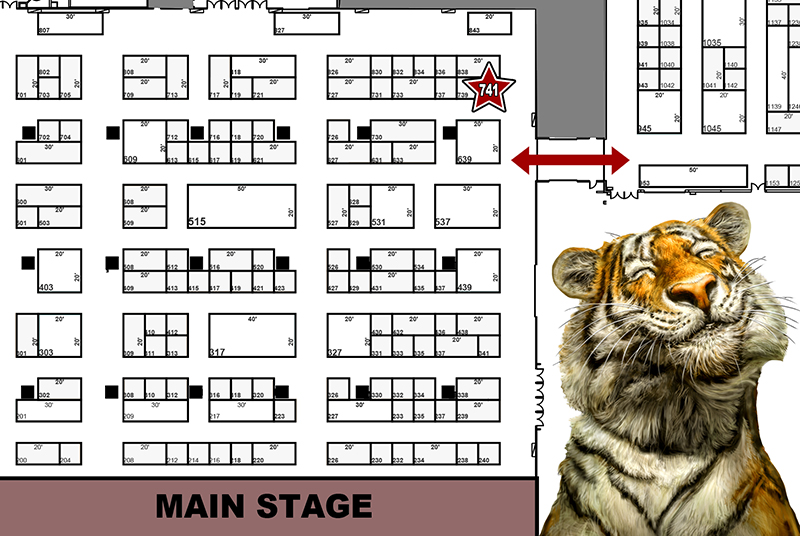 Two more aisles of booths are in that hall this year, so it looks like a bigger show. Between the Main Hall and the Main Stage Hall is a corridor through which all traffic comes and goes. My corner booth is at the end of an aisle, within easy view of everyone coming through that corridor. Below was my booth design last year and it worked so well that I will use the same one this year, only reversed, and with a bunch of new artwork, of course.
Two more aisles of booths are in that hall this year, so it looks like a bigger show. Between the Main Hall and the Main Stage Hall is a corridor through which all traffic comes and goes. My corner booth is at the end of an aisle, within easy view of everyone coming through that corridor. Below was my booth design last year and it worked so well that I will use the same one this year, only reversed, and with a bunch of new artwork, of course.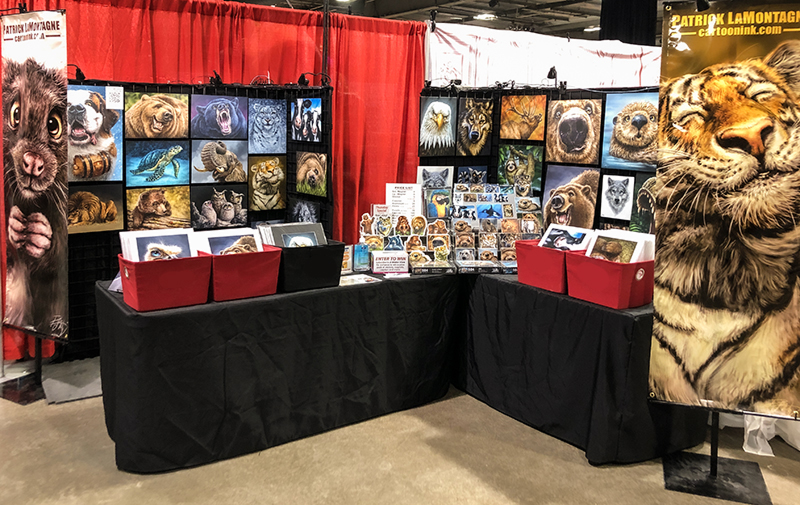 The organizers are likely pulling their hair out two weeks out, trying to get everything done. No doubt, when they announce booth placements, they receive emails from people who didn’t get what they wanted or those politicking for a last-minute change.
The organizers are likely pulling their hair out two weeks out, trying to get everything done. No doubt, when they announce booth placements, they receive emails from people who didn’t get what they wanted or those politicking for a last-minute change.
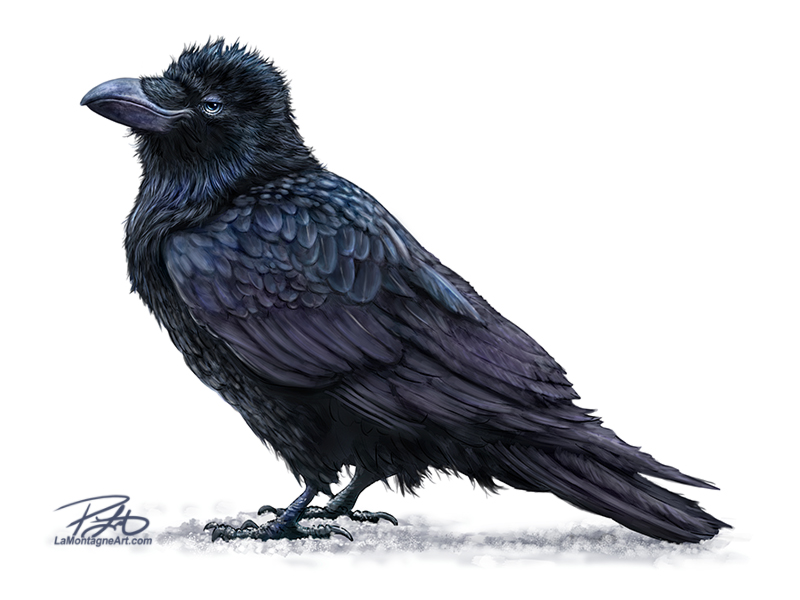 In the late nineties, I worked different jobs at a hotel in Banff for five or six years, from waterslide attendant and manager to front desk agent, night auditor and accounting clerk.
In the late nineties, I worked different jobs at a hotel in Banff for five or six years, from waterslide attendant and manager to front desk agent, night auditor and accounting clerk.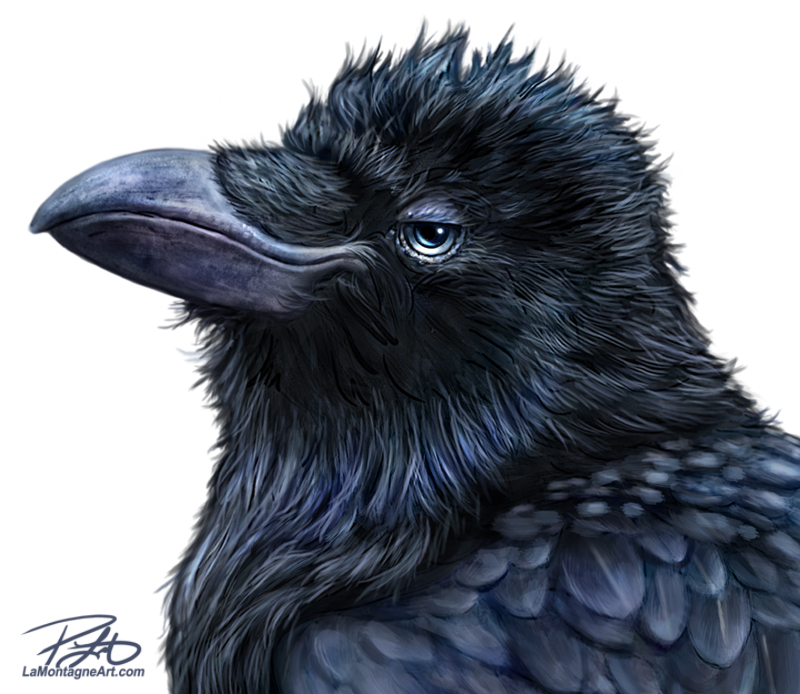 I’ve always liked ravens, and I talked a bit about that in my
I’ve always liked ravens, and I talked a bit about that in my 
